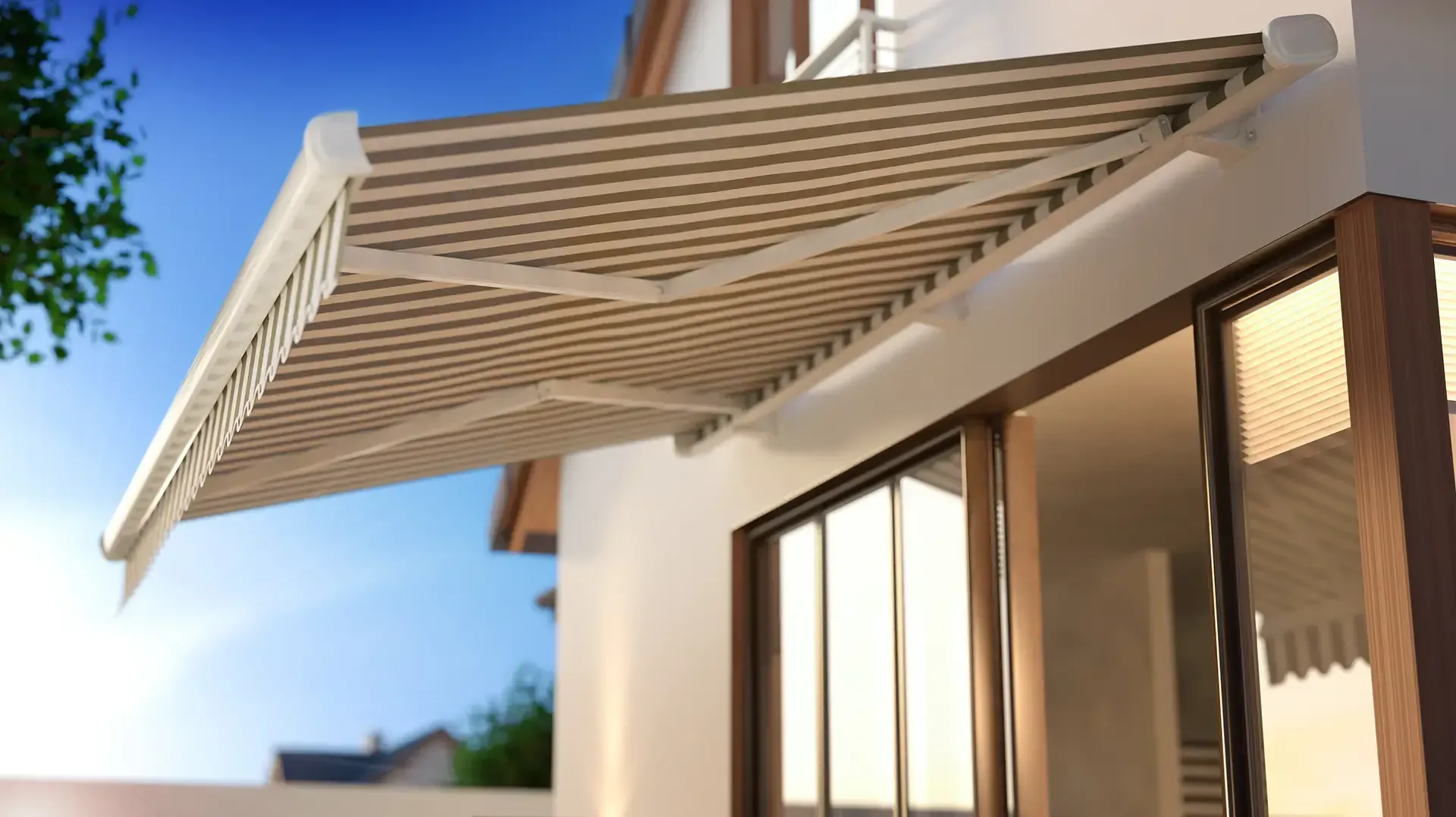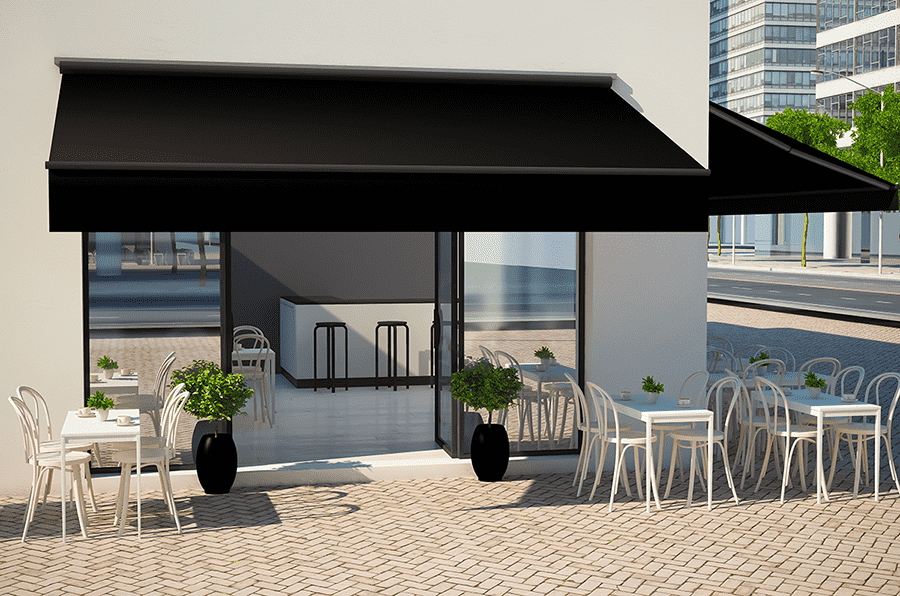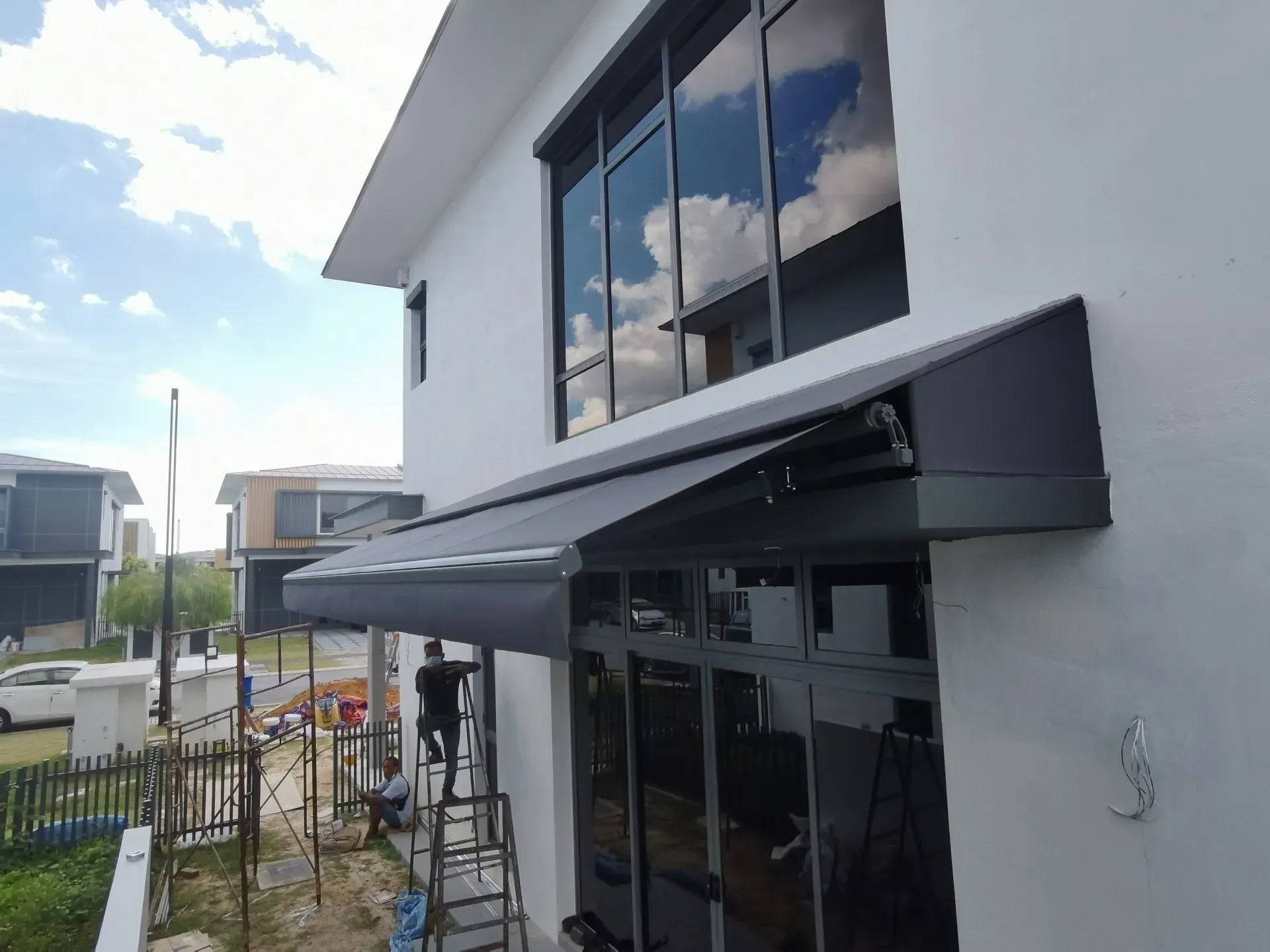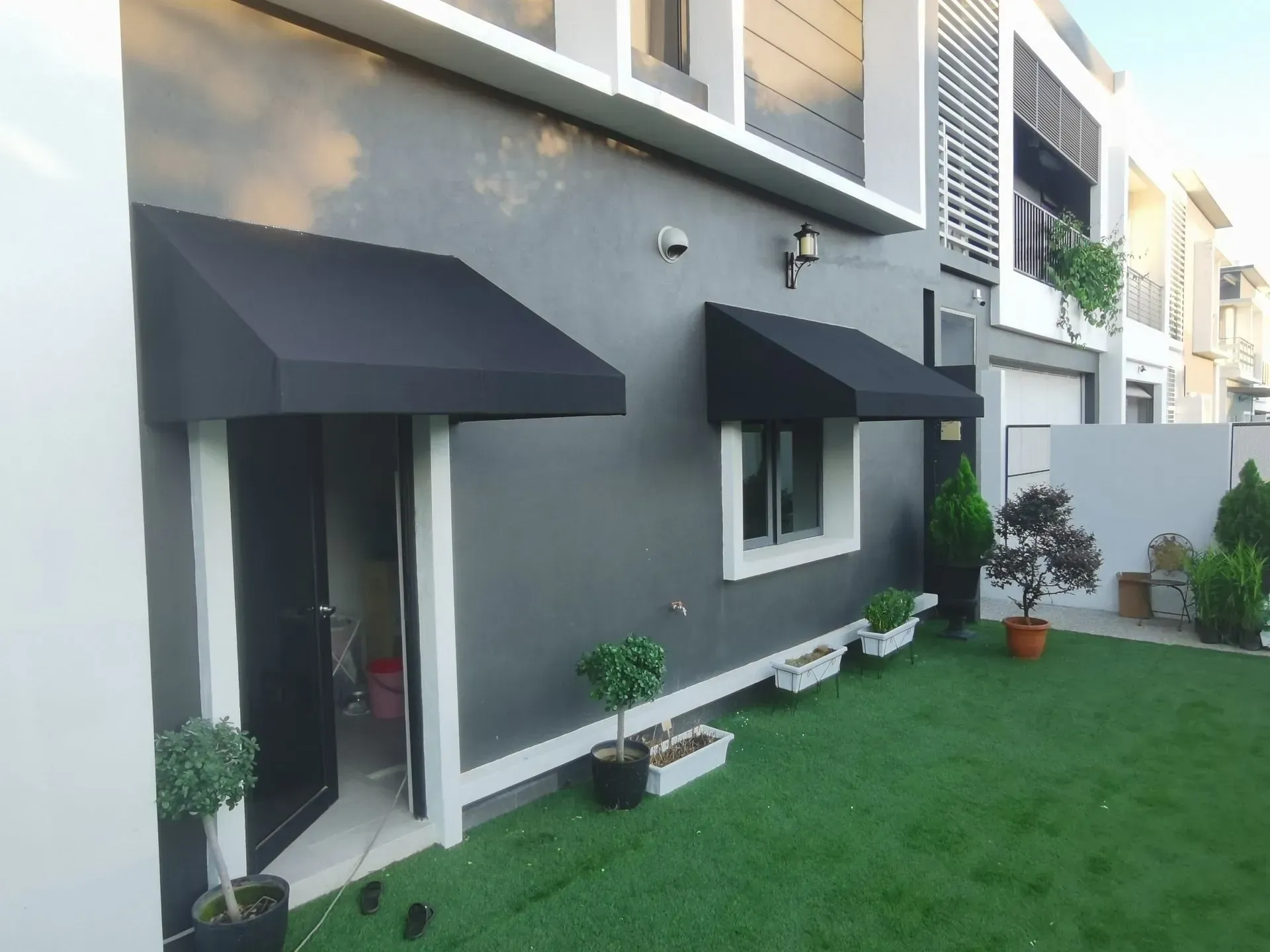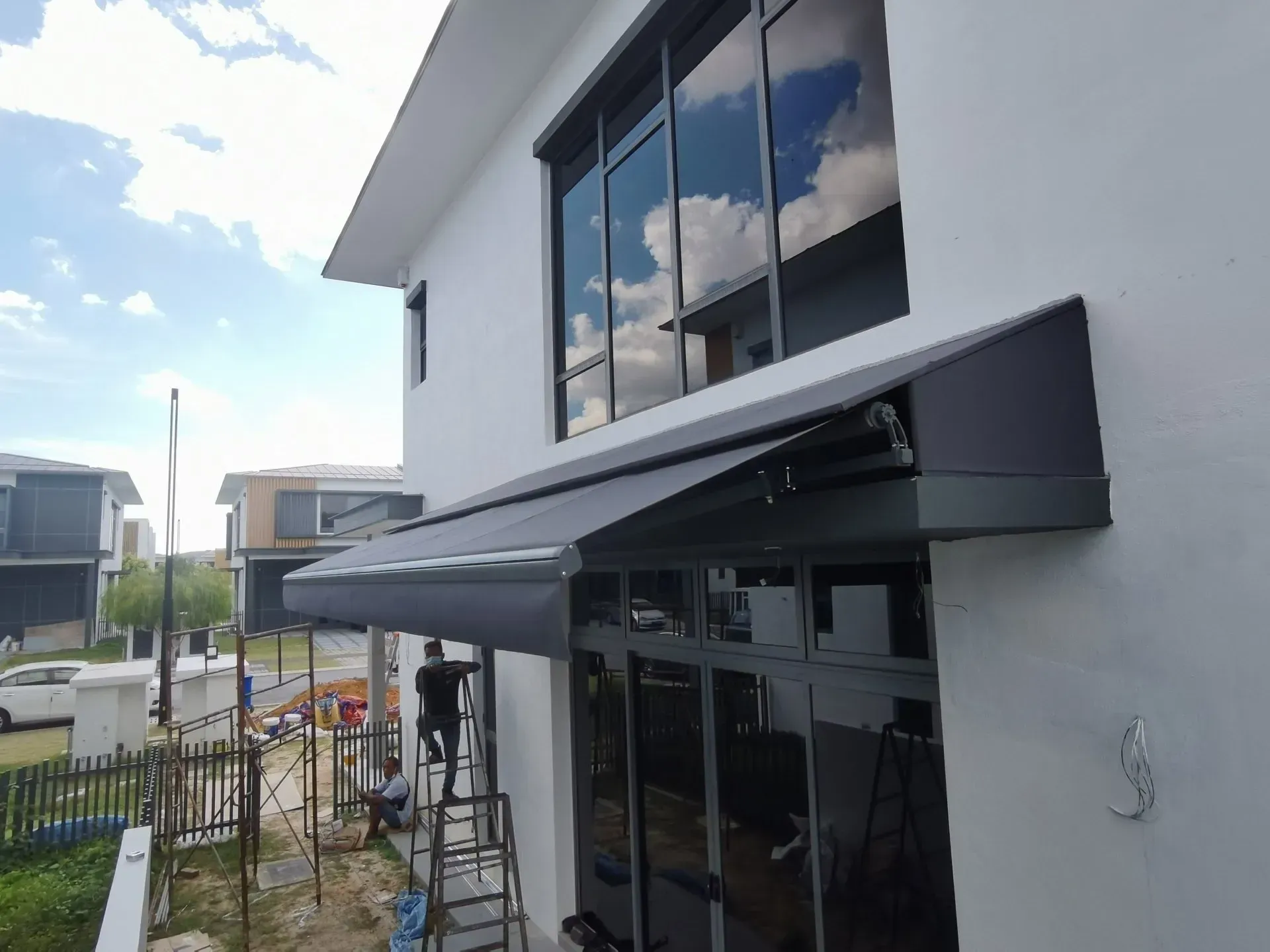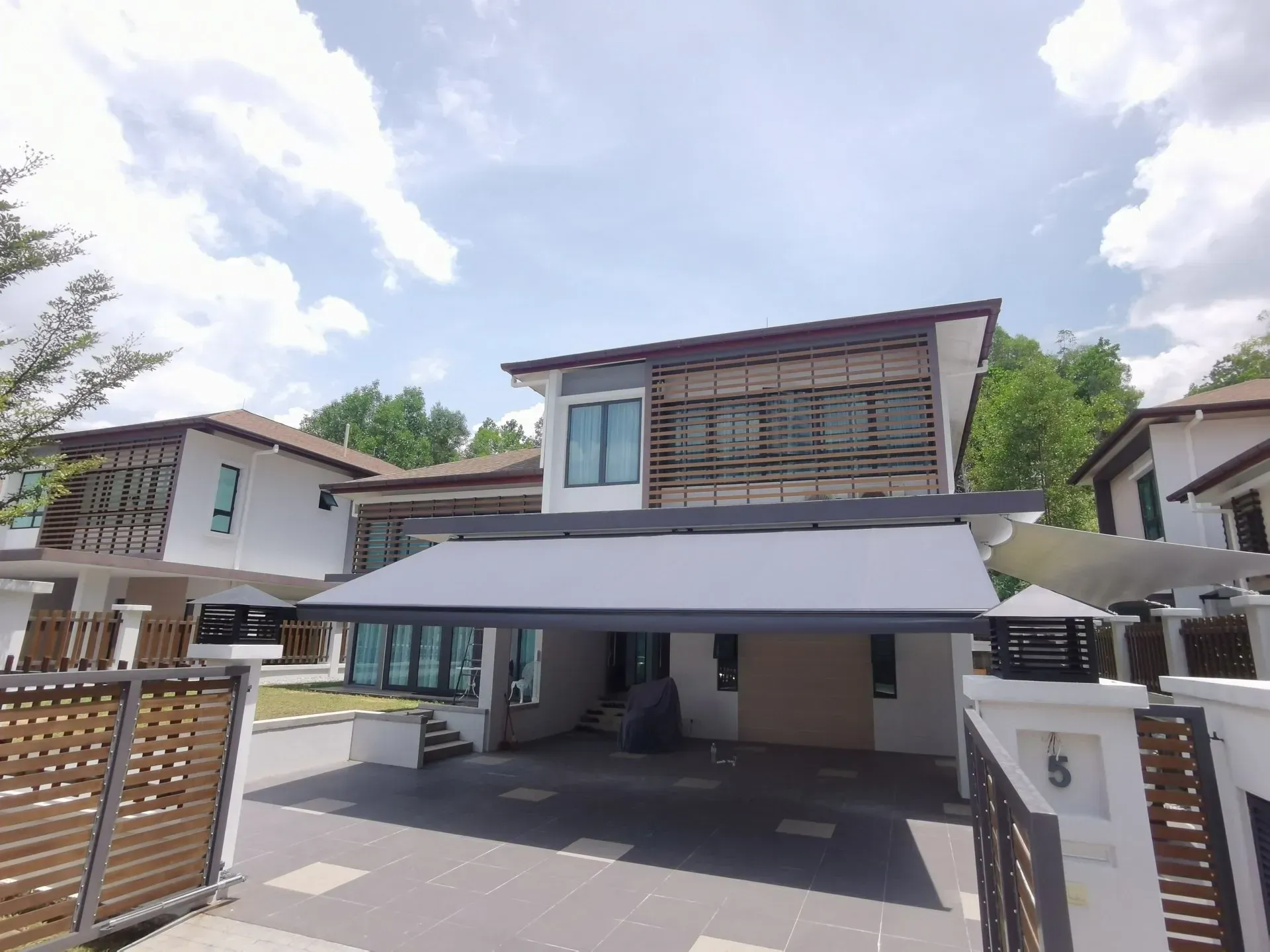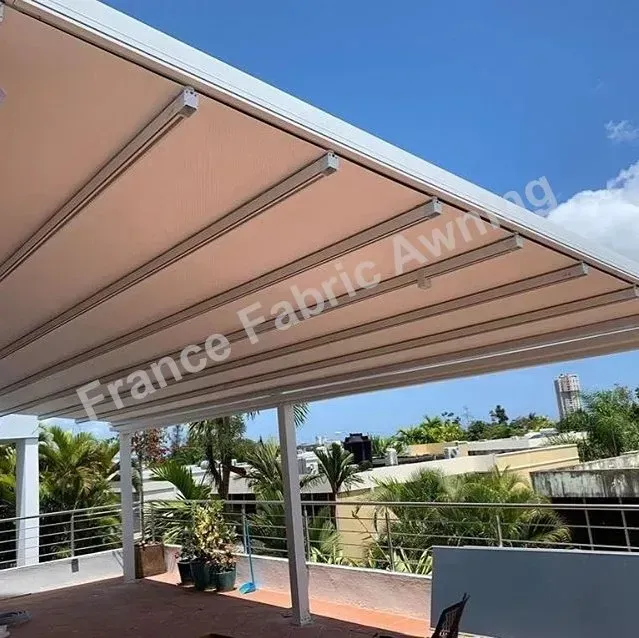How Much Wind Can Retractable Awnings Handle?
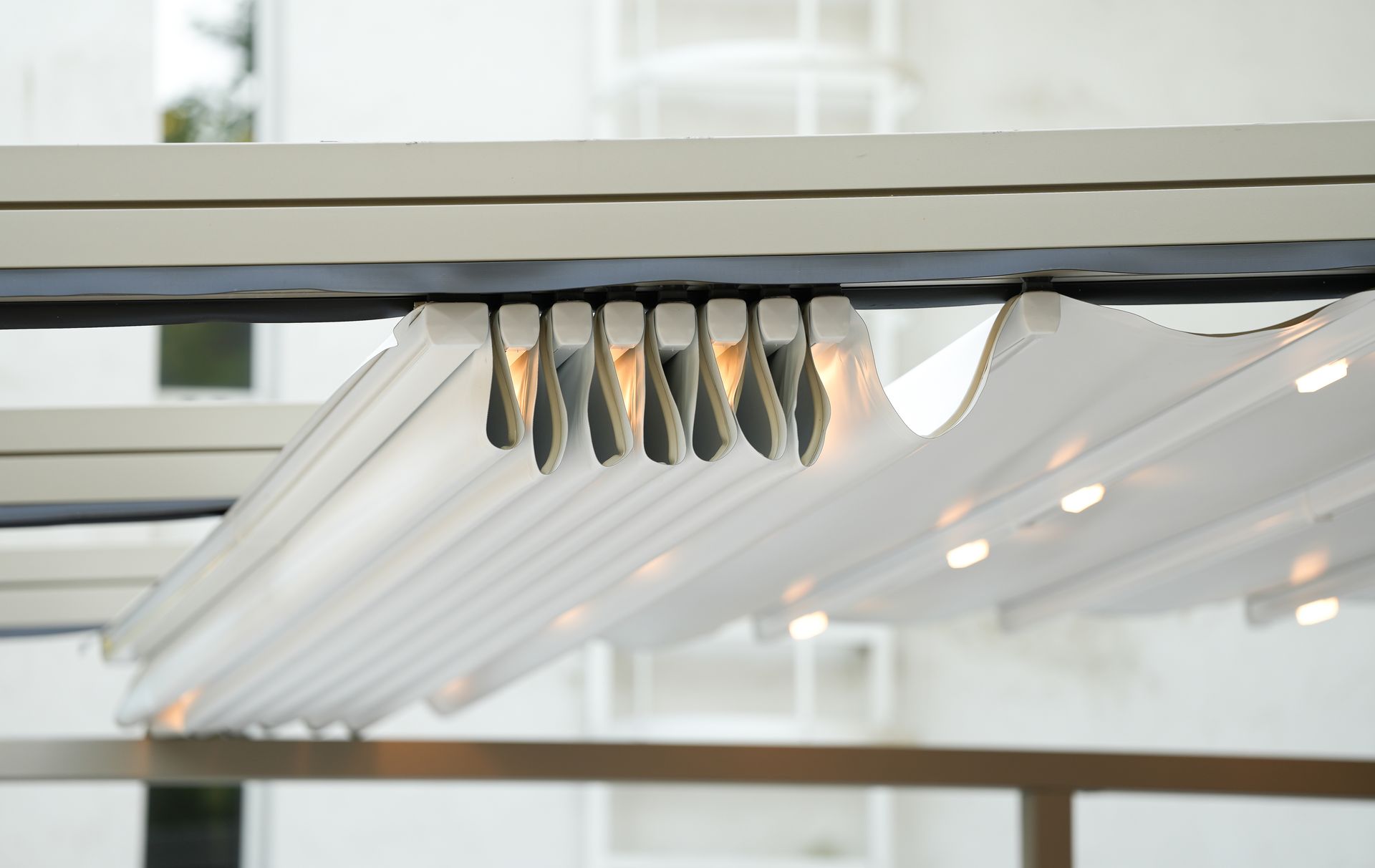
When it comes to enjoying the outdoors while still having the comfort of shade, retractable awnings are a popular choice among homeowners. They offer a convenient way to extend your living space, providing shelter from the sun and even light rain. But during times of great storms and heavy winds, you may be wondering how much wind your retractable awnings can handle.
In this article, we'll delve into the wind ratings for retractable awnings, explore the factors that influence their wind resistance, and provide some valuable tips for enhancing wind resistance.
Wind Ratings for Retractable Awnings
Retractable awnings are designed to withstand various weather conditions, including wind. Wind ratings are crucial indicators of an awning's capacity to endure wind pressure without damage. These ratings are typically measured in "Beaufort scale" units or "miles per hour (mph)" and are specified by manufacturers. While the exact ratings may vary depending on the awning's make and model, a general guideline is that most high-quality retractable awnings can withstand winds of around 20-30 mph (32-48 km/h).
However, it's important to remember that wind ratings aren't a guarantee that your awning will remain undamaged at the specified wind speed. Factors like the angle and direction of the wind, sudden gusts, and the overall condition of the awning play a significant role in its actual wind resistance.
Factors That Affect Wind Resistance
Several factors influence how well a retractable awning can withstand windy conditions:
- Awning Design and Materials. The design and construction of the awning are fundamental. High-quality materials, reinforced frames, and secure attachments contribute to better wind resistance.
- Awning Size. Larger awnings tend to have a higher surface area, making them more susceptible to wind forces. Smaller awnings usually fare better in windy conditions.
- Installation Quality. Proper installation is essential for optimal wind resistance. If an awning is not securely attached to your home, it can become vulnerable during gusty weather.
- Wind Direction. The direction from which the wind blows can impact an awning's stability. Awnings are typically more stable in wind coming directly from the front (head-on) rather than from the side.
- Wind Speed and Gusts. Sudden gusts of wind, even within the awning's rated wind speed, can put stress on the structure. A prolonged period of high wind speeds can also weaken an awning over time.
How Much Wind Can Retractable Awnings Handle?

New Paragraph

